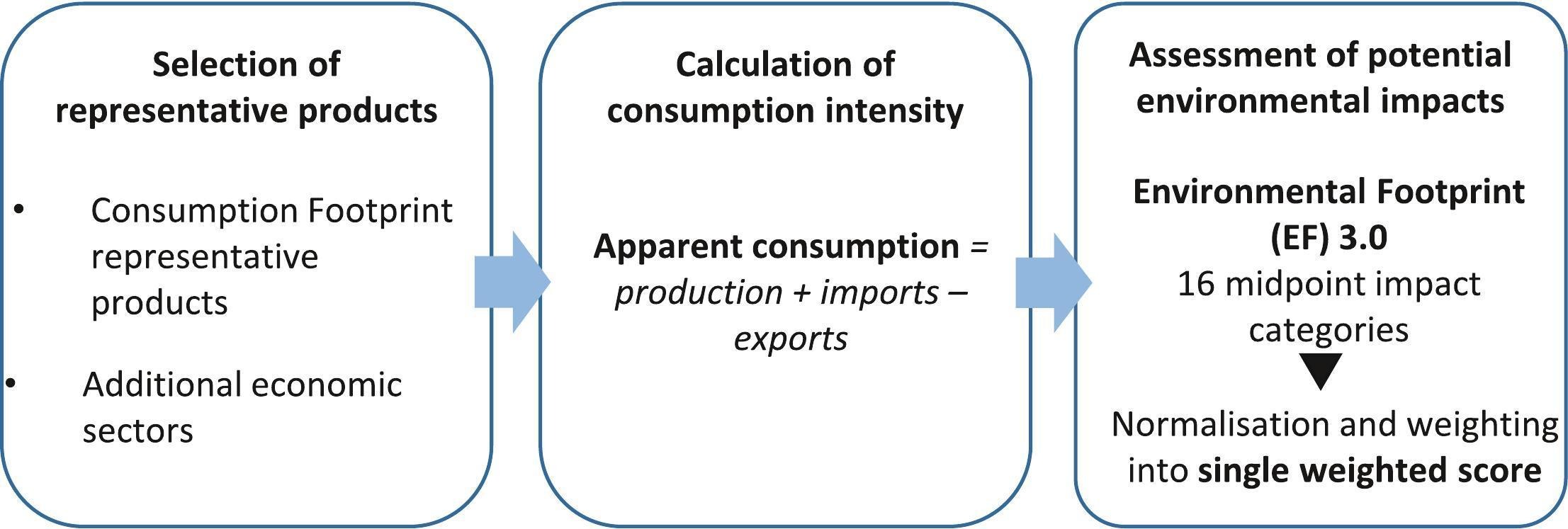Elsevier,
Sustainable Production and Consumption, Volume 37, May 2023
This paper explores the potential implementation of the Consumption Footprint rationale to define a footprint indicator for the EU Bioeconomy, henceforth ‘Bioeconomy Footprint’. This indicator can be a powerful tool for a comprehensive and effective monitoring of the bioeconomy sectors: to capture environmental impacts over time, identifying environmental hotspots, highlighting geographic and sectorial trade-offs, and identifying burden shifts among impact categories and along the supply chain.
Elsevier,
The Lancet Planetary Health, Volume 7, May 2023
The 2022 UN Climate Change Implementation Plan acknowledged the necessity of taking action to address climate change and safeguard water and food security within a human-rights-based approach.1 Low-income and middle-income countries are disproportionately affected by climate change and have less capacity to respond to climate-related impacts such as sea-level rise, extreme weather events, drought, population displacement, and disease.
Elsevier, Annals of Hepatology, Volume 28, 1 May 2023
Introduction and Objectives: We aimed to analyze the trends of total and sex-stratified mortality from hepatitis C virus (HCV) and to estimate the proportion of non-alcoholic liver disease deaths in Mexico attributable to HCV from 2001-2017. Materials and Methods: Using the mortality multiple-cause dataset, we selected the codes for acute HCV and chronic HCV to analyze trends from 2001 to 2017.
Elsevier,
Cell Chemical Biology, Volume 30, 18 May 2023
Richard et al. provide extensive evidence suggesting that treatment with the HIV-1 attachment inhibitor temsavir can have beneficial effects that extend beyond viral neutralization, notably by preventing elimination of uninfected cells and induction of a cytokine burst caused by its soluble viral glycoprotein.
Elsevier,
The Lancet Regional Health - Europe, Volume 28, May 2023
This Article supports SDG 3 by evaluating the effects of a behavioural intersectional stigma coping intervention on stigma and care use. They found that the brief intervention did not change stigma manifestations or drug use behaviours but did reduce the impact of stigma as a barrier to care use.
Elsevier,
The Lancet Healthy Longevity, Volume 4, May 2023
This Article supports SDG 3 by comparing epigenetic ageing during untreated HIV infection and during HIV being treated with antiretroviral therapy. They found that epigenetic ageing was accelarated during the former and decelerated during the latter.
Elsevier,
The Lancet Global Health, Volume 11, May 2023
This study supports SDG 3 by highlighting that coverage of opioid agonist treatment and syringe exchange programmes (which are associated with reducing HIV transmission) are low in most countries and for the majority of people who inject drugs; although coverage is improving, this is insufficient when compared with the indicator targets set out by WHO, UNAIDS, and the UN Office on Drugs and Crime.
Elsevier,
The Lancet HIV, Volume 10, May 2023
This Article supports SDG 3 by analysing follow-up data from over 200 000 people with HIV from 20 cohorts in North America and Europe who had started ART up to 20 years previously, and showing that estimated life expectancy for people with HIV on long-term ART with high CD4 cell counts is only a few years lower than that in the general population, irrespective of when ART was started.

